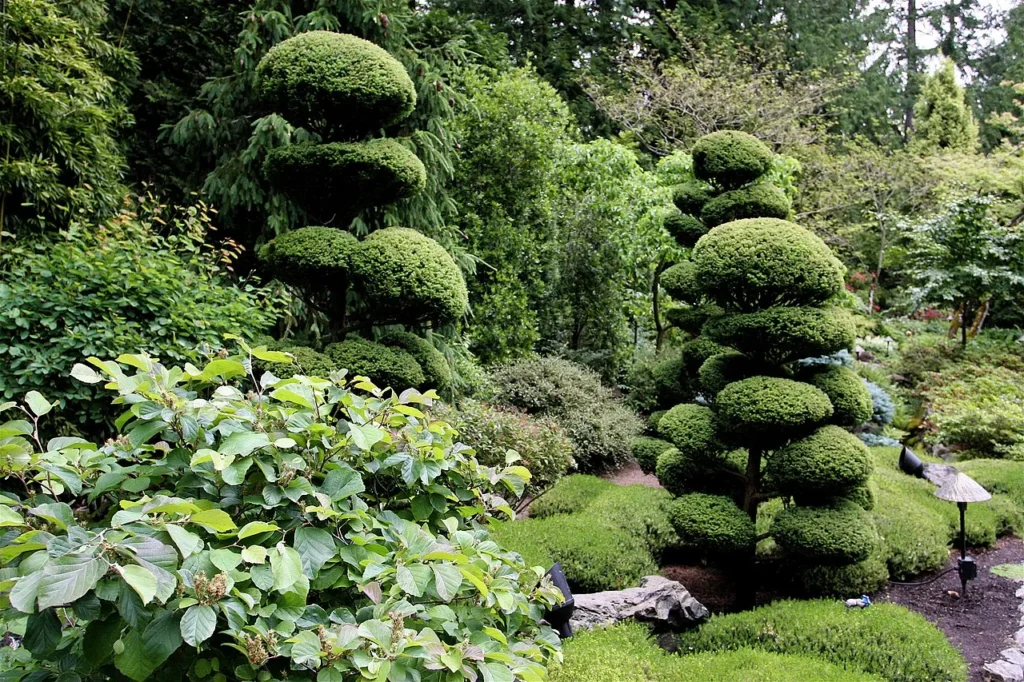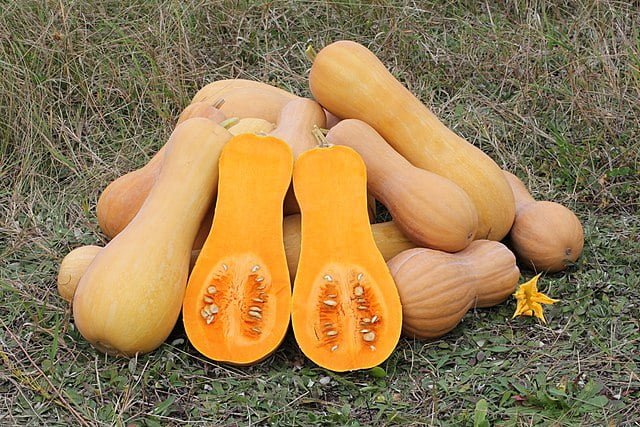Butchart Gardens: A Horticultural Masterpiece
Nestled on Vancouver Island, the Butchart Gardens stand as a testament to the beauty and artistry of horticulture. This sprawling 55-acre wonderland is not just a garden; it is a journey through various landscapes, each meticulously designed to showcase the harmony between nature and human creativity. From its lush greenery to the vibrant bursts of floral colours, the Butchart Gardens offer a serene escape into nature’s most artistic expressions.
The Genesis of a Garden

The story of Butchart Gardens begins with the vision of Jennie Butchart, the wife of cement magnate Robert Pomeroy Butchart. In the early 20th century, the area was an exhausted limestone quarry that had served its purpose in her husband’s cement production business. Jennie envisioned transforming this barren pit into a beautiful garden. Starting in 1904, her vision took root, literally transforming the landscape into the first of many gardens – the Sunken Garden.
A Tour Through the Seasons

One of the most enchanting aspects of Butchart Gardens is its ability to change faces with the seasons, offering a unique experience with each visit.
- Spring: The garden awakens with a gentle eruption of colours as tulips, daffodils, and cherry blossoms paint the landscape in soft pastels. It’s a time of renewal, where every corner bursts with new life.
- Summer: Full bloom is in magnificent display, with roses, peonies, and annuals leading the spectacle. The garden’s summer evenings are magical, often accompanied by soft music and night illuminations that transform the gardens into a nocturnal fairyland.
- Autumn: A palette of warm oranges, reds, and yellows takes over as the trees and shrubs dress in their fall best. The Japanese Garden, with its maples and conifers, becomes a particularly mesmerizing sight.
- Winter: The gardens take on a quiet beauty, with the dramatic outlines of trees and structures standing stark against the cool winter sky. The Magic of Christmas lights up the garden, making it a festive wonderland.
Gardens Within the Garden

The Butchart Gardens feature several distinct areas, each with its own character and plant collection.
- The Sunken Garden: A marvel of landscape design, this area showcases lush lawns, flowering trees, and a spectacular array of perennials and annuals arranged around the central pond.
- The Japanese Garden: Created with the help of a Japanese designer, this garden features traditional elements like torii gates, stone lanterns, and tranquil ponds, offering a peaceful retreat.
- The Italian Garden: Situated where the family’s tennis court once lay, this garden boasts formal beds, ornamental statues, and a reflecting pool.
- The Mediterranean Garden: Reflecting the warmth of the Mediterranean climate, this garden displays plants that thrive in dry conditions, offering a contrast to the lushness found elsewhere in the gardens.
Conservation and Education

Beyond its beauty, Butchart Gardens plays a vital role in conservation and education. It is committed to sustainable gardening practices, including composting, water conservation, and integrated pest management. The gardens also serve as an educational resource, offering workshops and tours that inspire visitors about the importance of plants and ecosystems.
Visiting Butchart Gardens

Butchart Gardens is open year-round, with each season offering a new perspective on the art of gardening. Whether you’re a seasoned horticulturist or someone simply seeking a peaceful day out in nature, the gardens offer an experience that is both rejuvenating and inspiring.
You can buy tickets at: www.butchartgardens.com/purchase-admission-and-passes/
Conclusion

The Butchart Gardens are more than just a botanical garden; they are a living canvas that tells the story of transformation, beauty, and the enduring human spirit. It stands as a beacon for garden lovers, a place where nature’s diversity is celebrated in spectacular fashion. A visit to Butchart Gardens is not just a walk among plants but a journey through the seasons and around the world, all within the embrace of this horticultural paradise.






